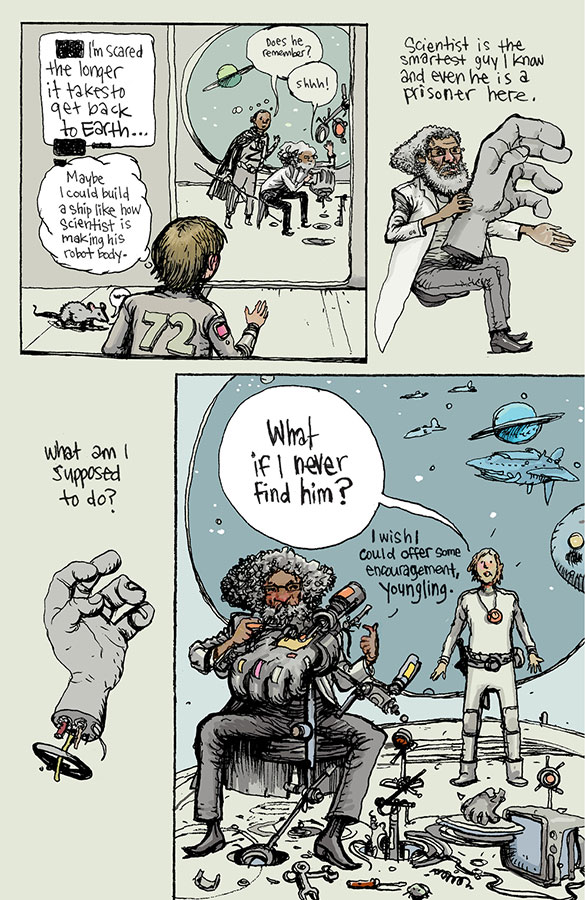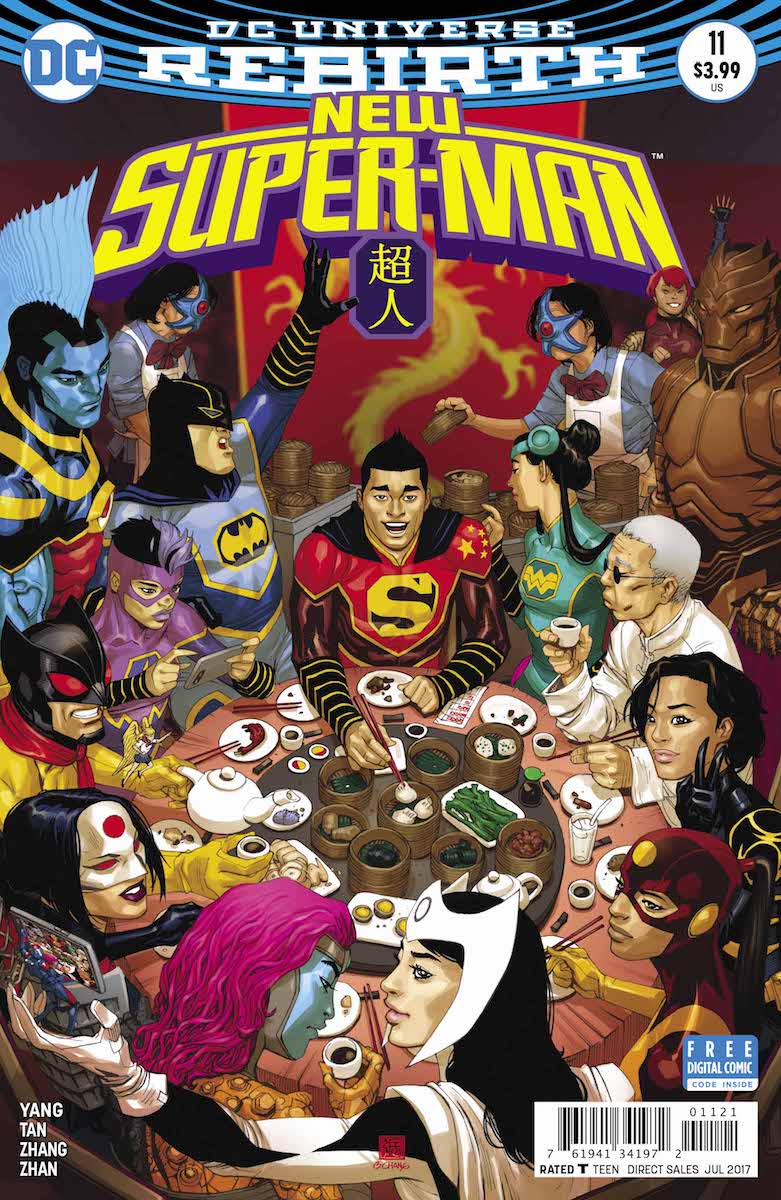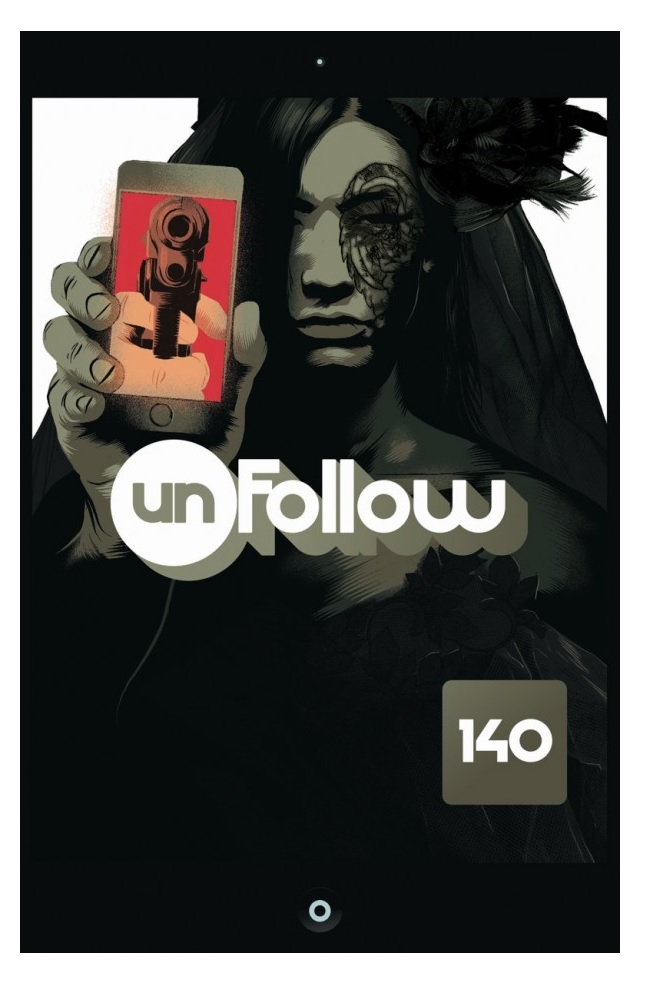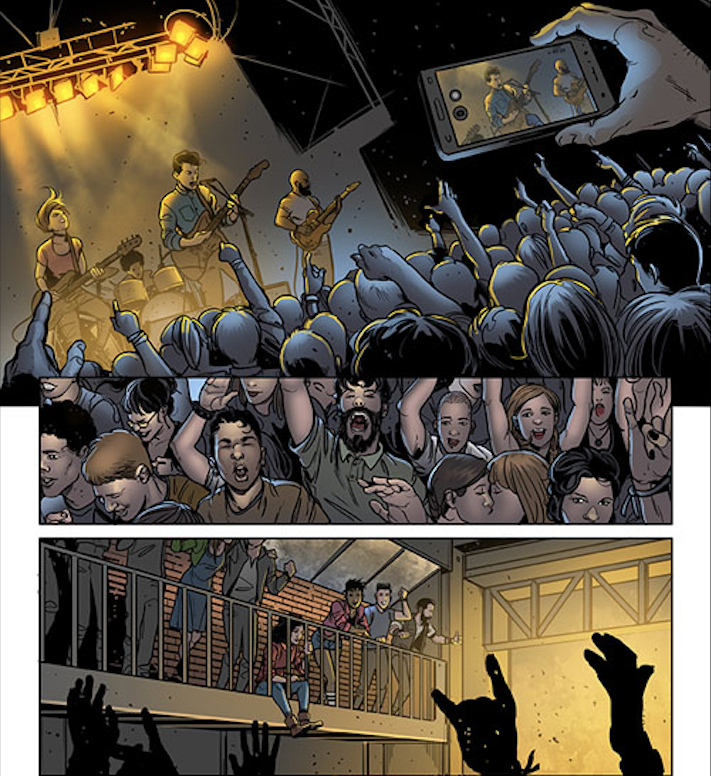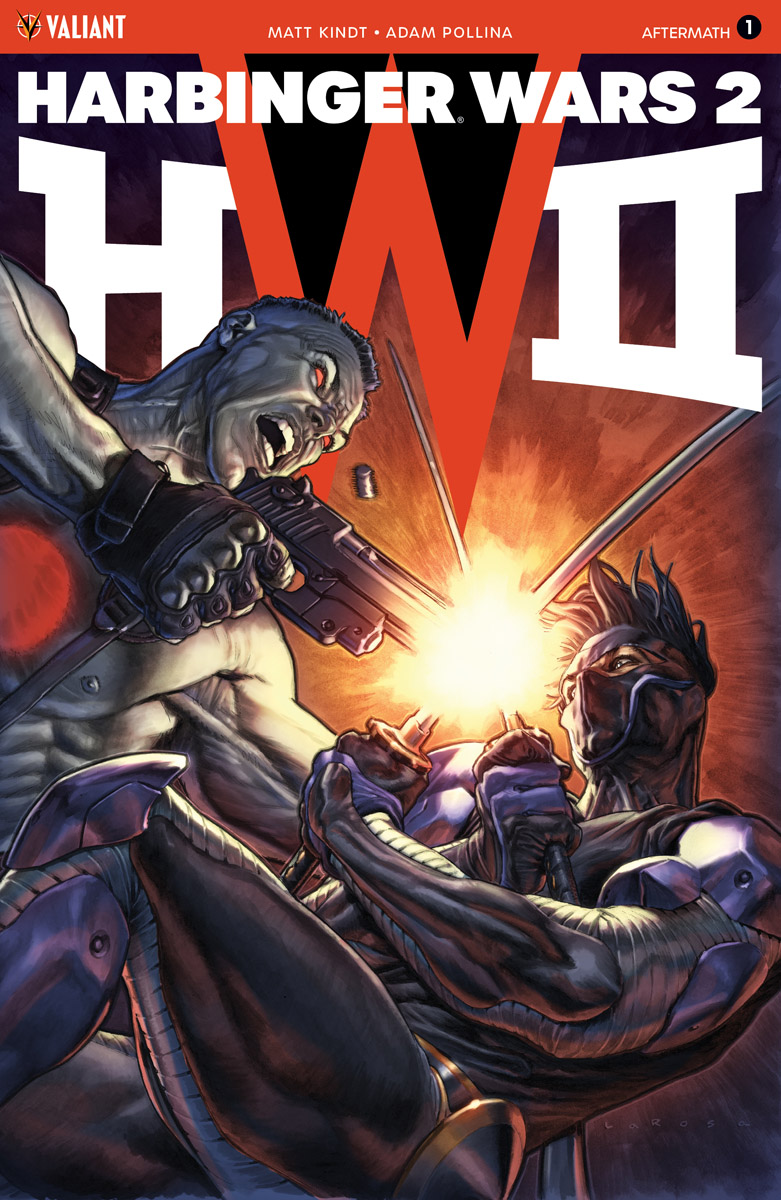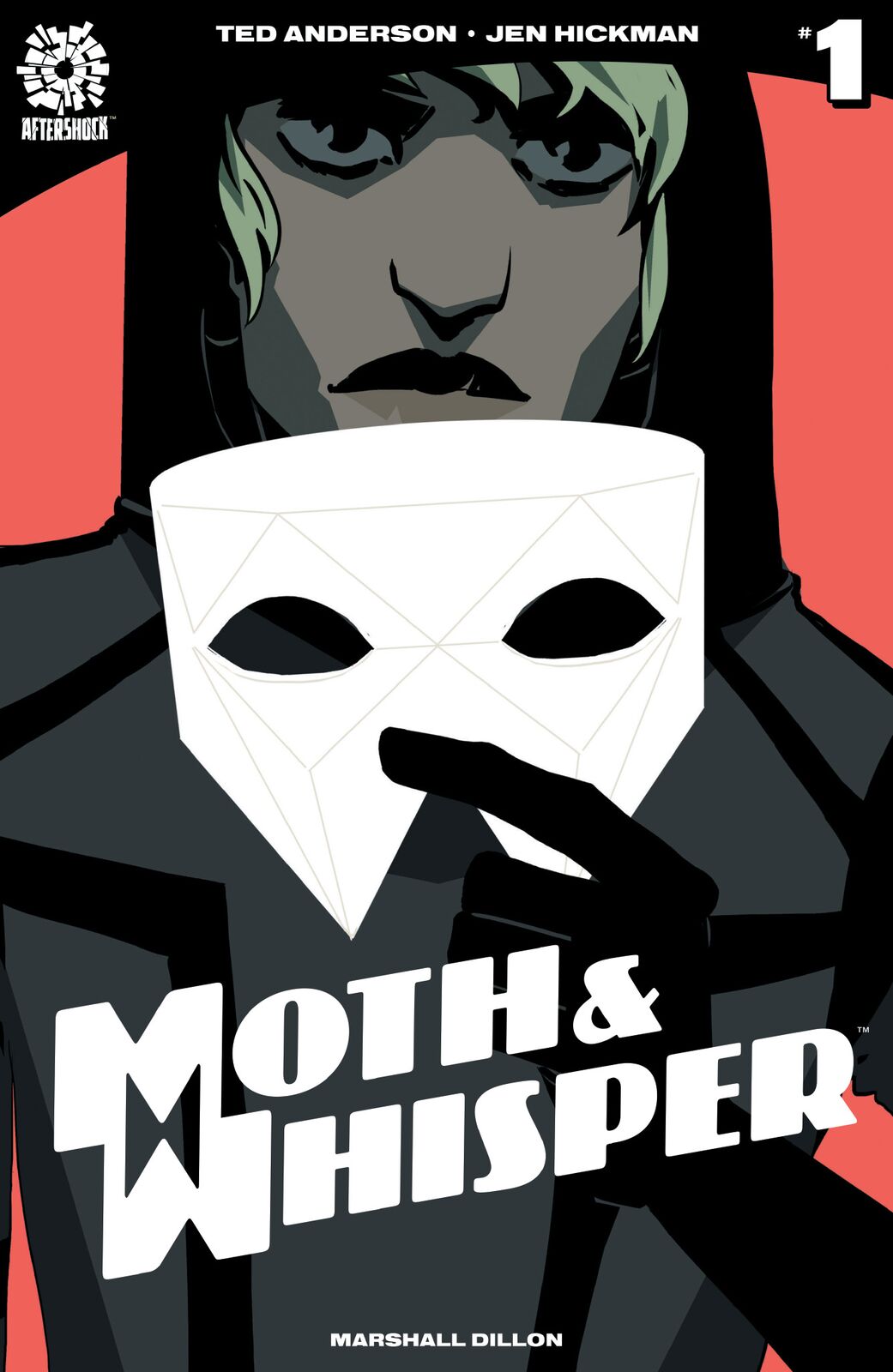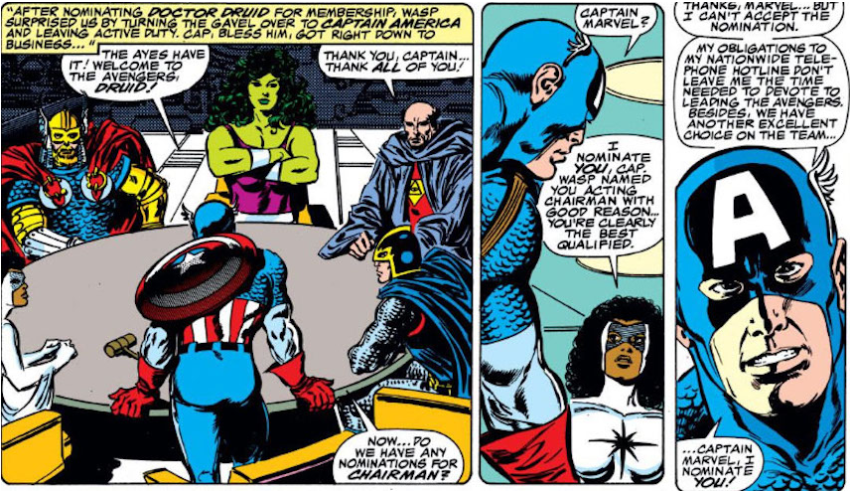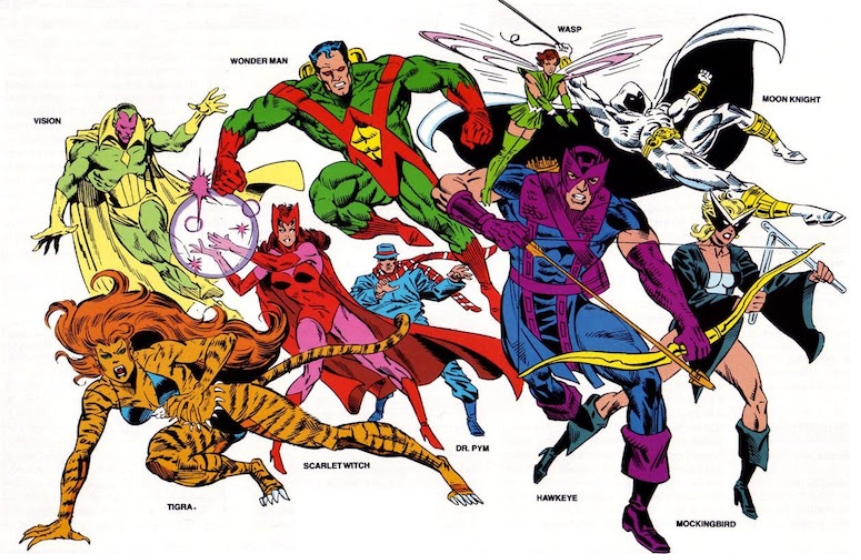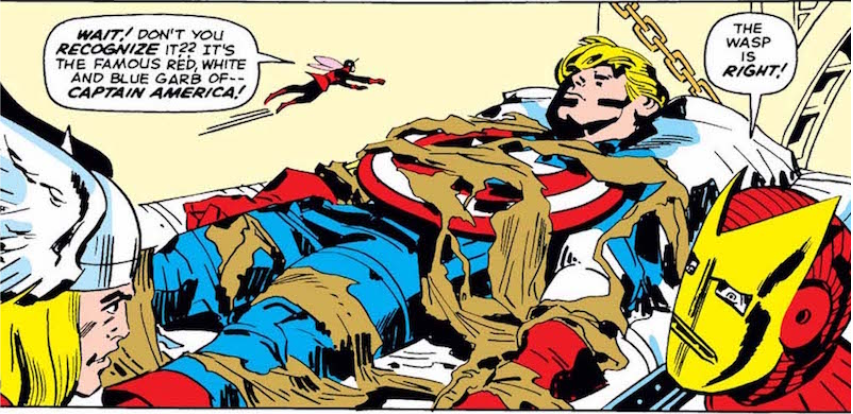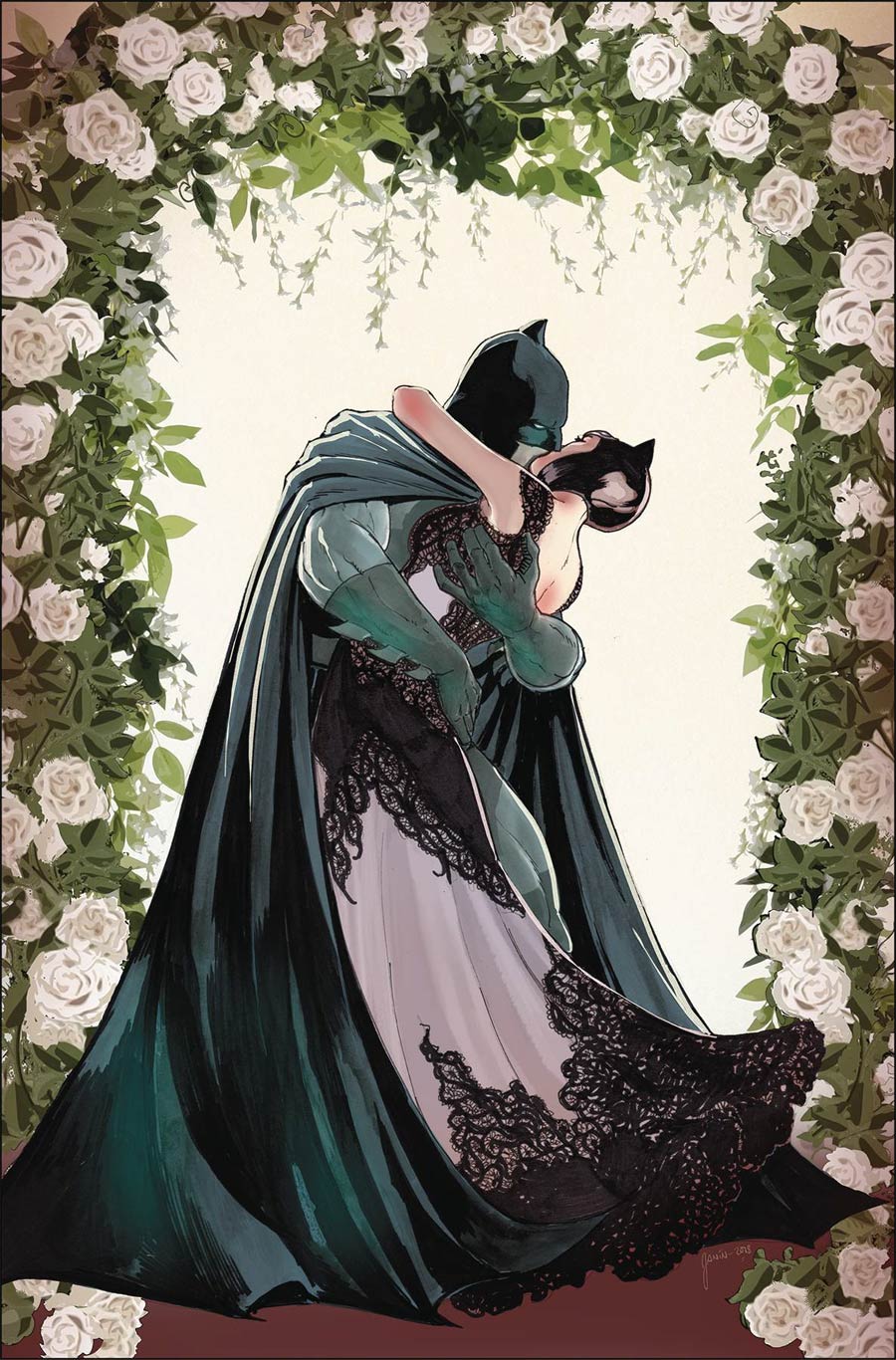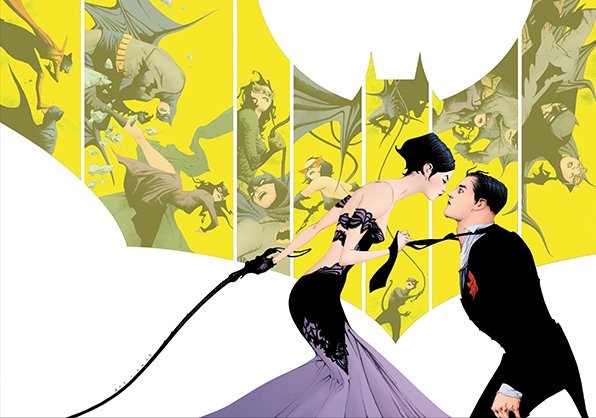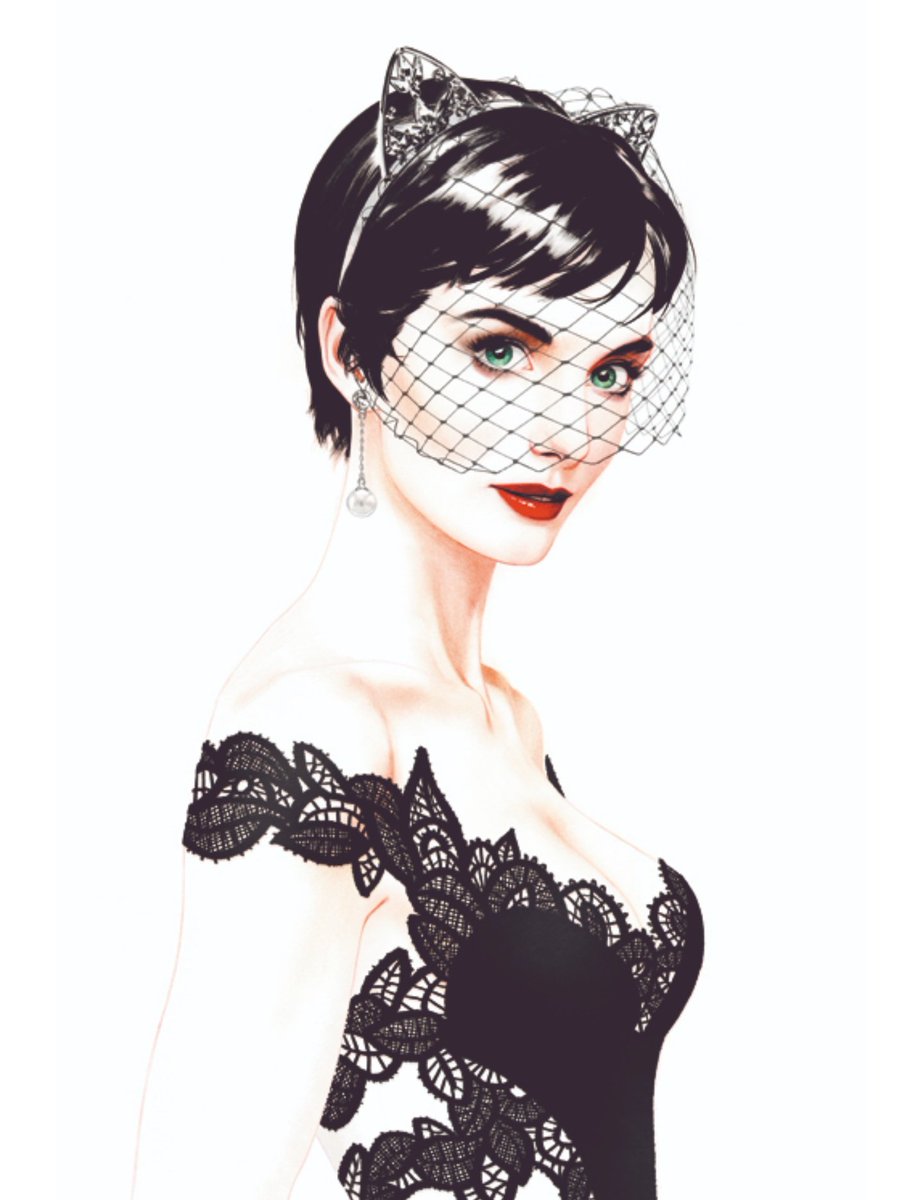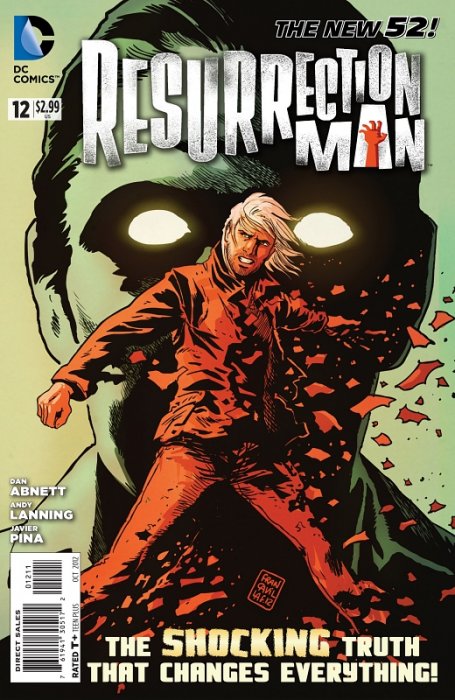REVIEW: Harbinger Wars 2 #2 by Matt Kindt, Tomas Giorello, Diego Rodriguez, Renato Guedes, & Dave Sharpe
By Zack Quaintance — Harbinger Wars is one of the first superhero events in a long while that feels totally justified, in large part because Valiant hasn’t overdone its crossovers. It's a luxury Marvel and DC no longer have, and it adds a level of relevance to this huge story, taking it to a significant place those larger publishers are perhaps not capable of reaching, not anymore. This all occurred to me about halfway through Harbinger Wars #2. Long-running characters were meeting/fighting on the page for the first time—what was this feeling? The story seemed...important? Maybe not quite that, but it at least seemed novel.
It was a feeling I remembered from when I was a much younger reader, and the Big 2 had a few relationships that weren’t quite as rote as they are nowadays. In recent years, event stories at those publishers have seen characters take self-aware, here we go again attitudes toward massive galactic threats. There are exceptions, of course (Hickman’s Avengers stands out), but for the most part, the major dangers of the galaxy or multiverse are met with a wink. As a younger publisher with less continuity, however, Valiant has the luxury of acting like they haven’t been here before, despite this all being a sequel to a previous event.
That to me is the single greatest strength of Matt Kindt and Tomas Giorello’s Harbinger Wars 2 #2. Not to give specific plot points away, but there were fights here that had me rooting for both sides with no idea what would happen, which is very rare for superhero comics. There were also character interactions that felt weighted and poignant, like the world depended on them, even if it was just two heads talking. That’s no easy feat, especially given one scene in particular that involved characters Kindt hasn’t recently been writing.
This issue works really well for the most part, even if Giorello’s hyper-realistic artwork felt a little out of place for characters that are usually depicted by less realistic artists, like Animalia and Faith. The range of emotions in this book is pretty stunning, though, specifically in a scene where Kindt uses a young psiot to remind us of something Marvel’s X-Men used to do better—that many of these abilities make lives worse, much much worse. It’s a brief scene of well-tread thematic space, but it’s well executed, reminding us of the human stakes behind the superhero war.
Overall: Harbinger Wars #2 has just enough action as it builds toward what is presumably a gigantic climax in the final two issues of this event. Kindt and Giorello especially excel here at giving character interactions and conflicts the weight an event story deserves. 8.0/10
Zack Quaintance is a journalist who also writes fiction and makes comics. Find him on Twitter at @zackquaintance. He lives in Sacramento, California.




































